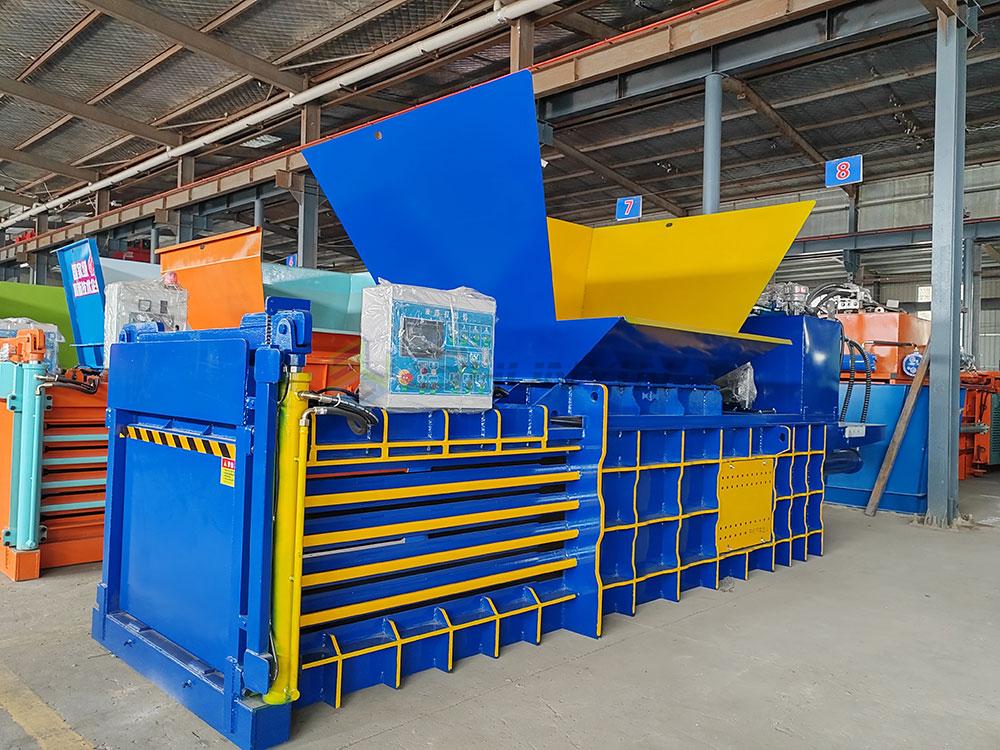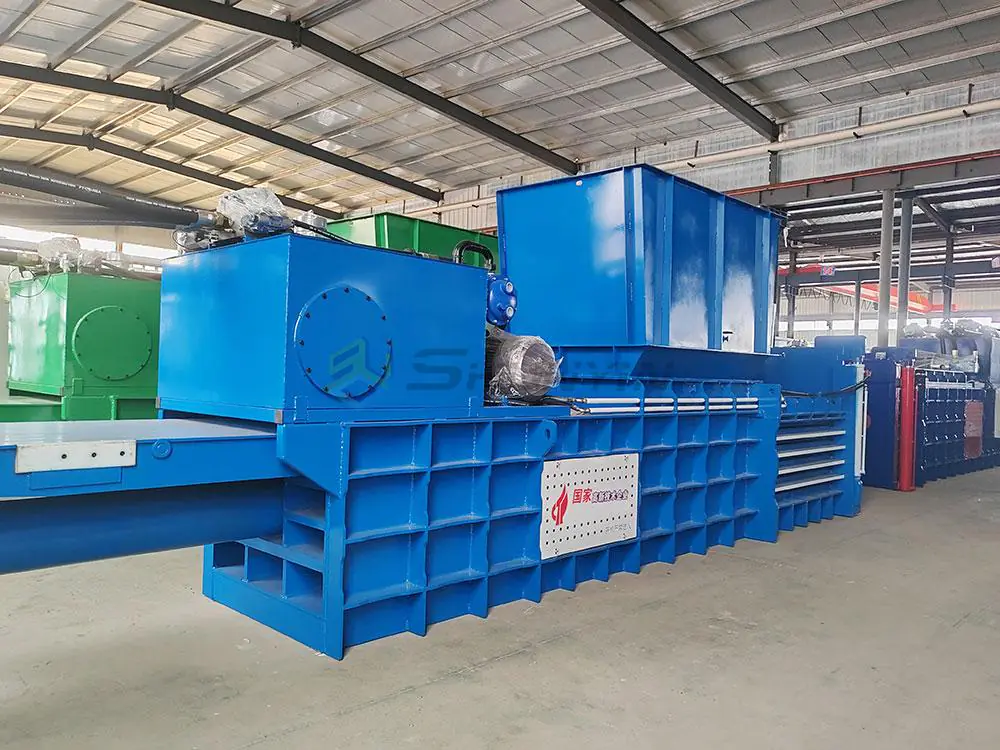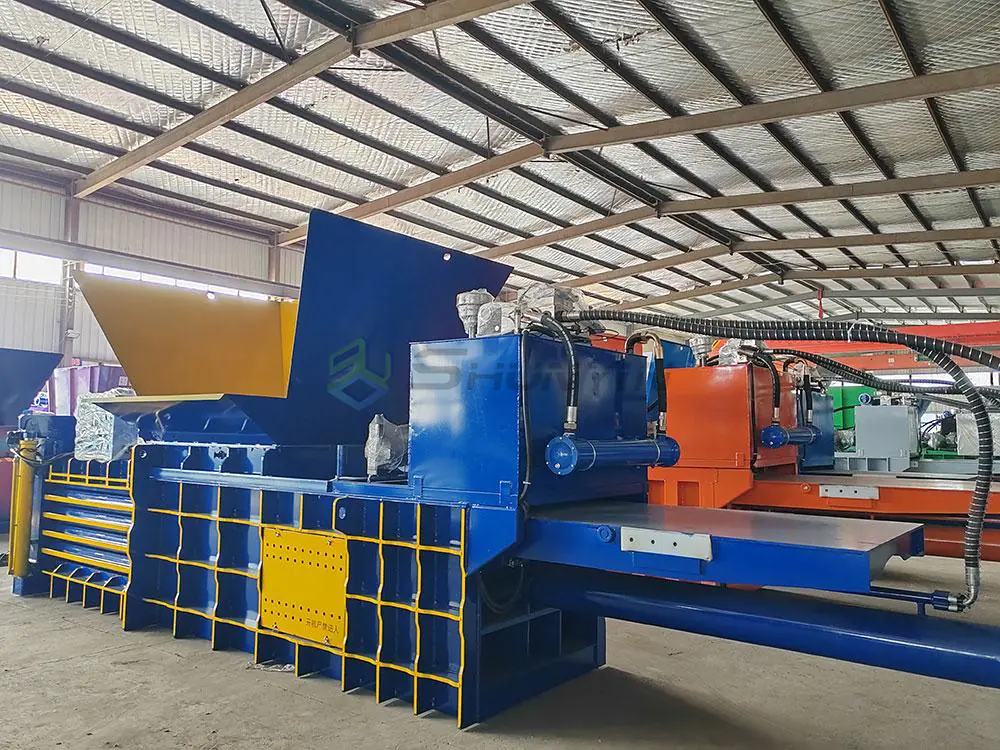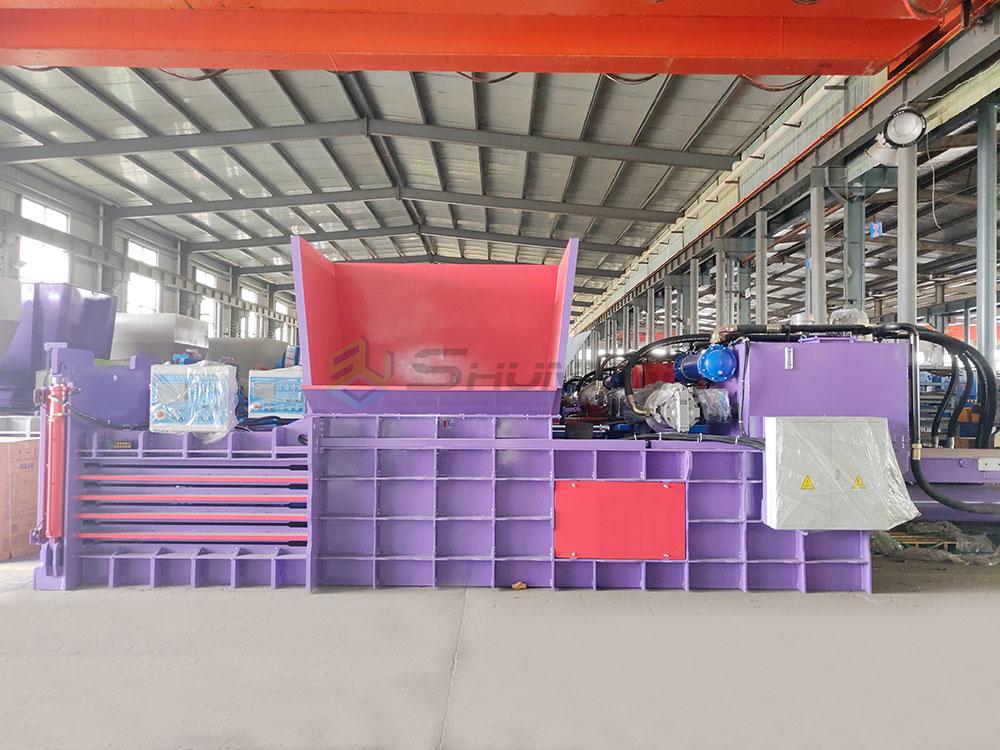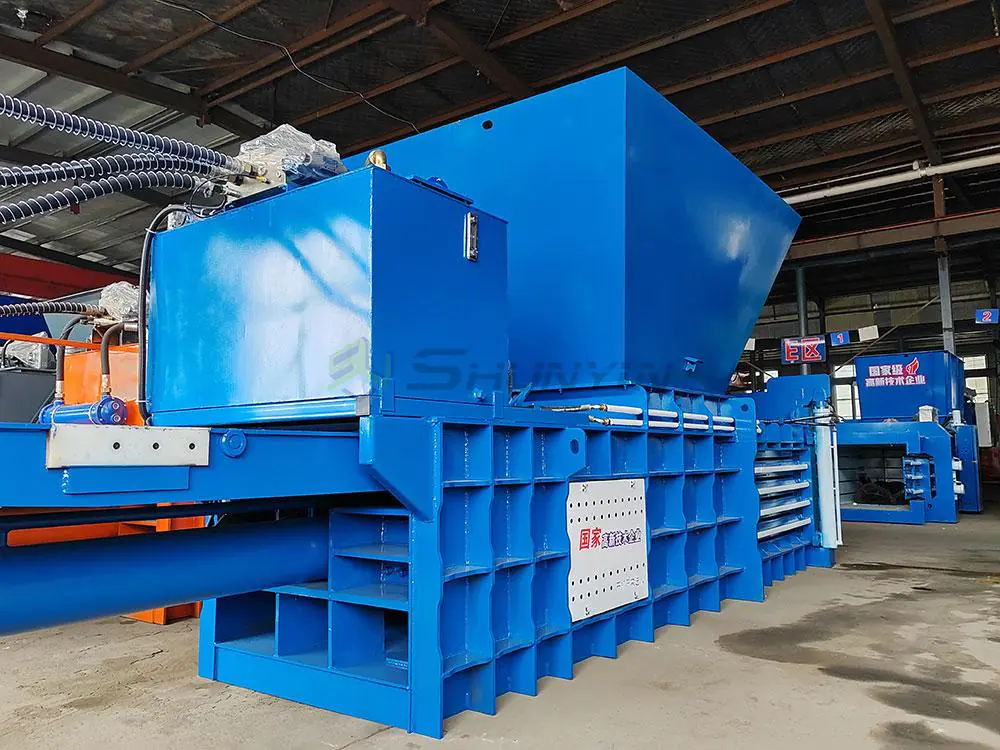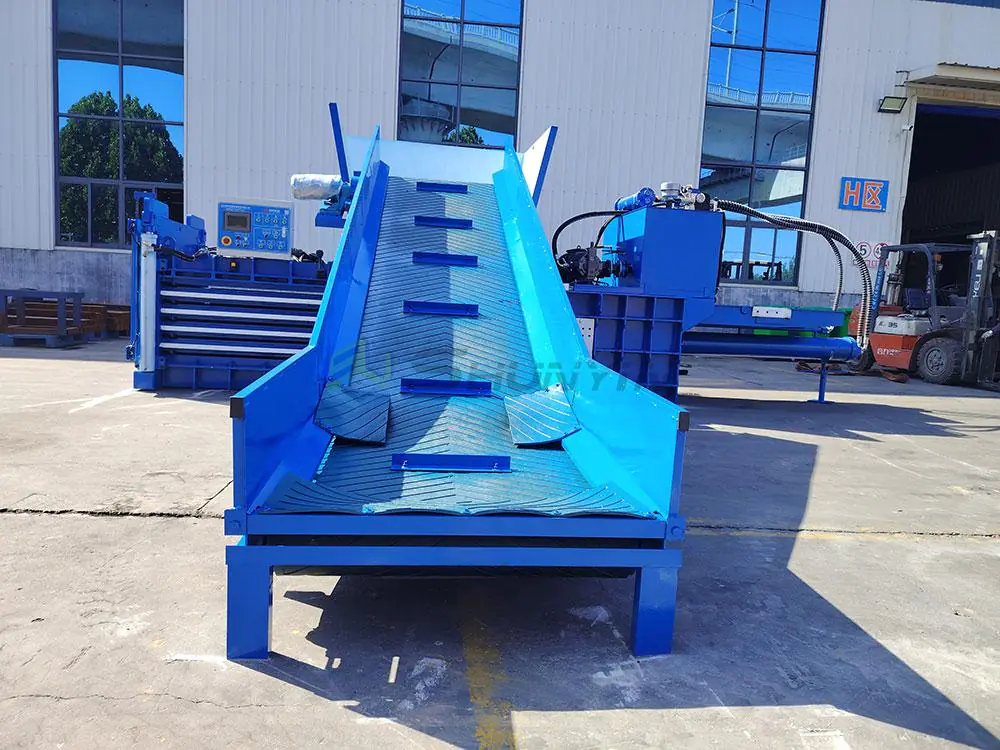Struggling with overflowing waste that eats profits? Distribution centers lose millions on avoidable disposal costs daily. I’ve optimized systems globally—turn waste into savings now.
Top strategies include waste audits, recycling programs, supplier negotiations, employee training, and waste compaction through balers. Horizontal hydraulic balers shrink volume by 80%, saving thousands weekly on transport costs.

Stop stacking pallets of unbaled waste—it bleeds revenue. Here’s how Lambert in Canada transformed his warehouse costs. Let’s unlock solutions step by step.
What are 5 waste management strategies for reducing waste?
Overwhelmed by unpredictable waste expenses? I reversed this for clients using five field-tested tactics. Results appear in days.
The five key strategies: conduct waste audits, implement recycling programs, negotiate with suppliers for minimal packaging, train staff on sorting, and invest in compaction equipment like horizontal balers. Balers recover space fast—up to 400 sq ft monthly.

Don’t let generic advice mislead you. I’ve seen audits fail when execution misses details. Prioritize actions by impact:
Waste Audit Protocols
Track waste types daily for two weeks. Use digital tools to log weights—manually causes 22% errors. Focus first on high-volume materials:
| Waste Type | Average % of Total | Potential Savings |
|---|---|---|
| Cardboard | 40% | $8,000/month |
| Plastics | 25% | $4,200/month |
| Wood Pallets | 20% | $3,500/month |
After audits, target cardboard immediately—it brings fastest returns.
Supplier Collaboration Tactics
Demand "right-sized" packaging in contracts. One distribution center saved $60,000/year by requiring vendors to use boxes fitting SKUs. Enforce penalties for non-compliance.
Baler Role in Compaction Strategy
Horizontal balers process cardboard in 2-minute cycles. Avoid vertical models—they lack feed openings for boxes. Our clients report 8x volume reduction, freeing space for revenue-generating inventory.
How to reduce waste in a warehouse?
Ever caught staff mixing recyclables with trash? Common errors cost $150-$500 daily. Start simple; win big.
Reduce waste by reusing packaging, preventing product damage, optimizing inventory rotation, recycling rigorously, and compacting loose material with horizontal balers. Compacting waste cuts haulage trips 70% overnight—proof in Canada.

Cheap fixes backfire. I’ll guide you through fail-proof steps tailored to distribution centers. Focus on scalable actions:
Damage Control Systems
Product damage creates 18% avoidable waste. Install three layers of protection:
- Floor Markings: Designate handling zones
- Shelving Adjustments: Lower top shelves by 30%
- Training Drills: Monthly sessions on load stacking
Canadian centers using these cut damage losses by $12,000/month.
Reuse Programs
Convert shipping materials into onsite assets:
- Boxes for internal transfers
- Packing foam as insulation
- Pallets for seasonal storage
Partner with local businesses for material exchanges—tax deductible!
Baler-Based Compaction Workflow
Use automatic horizontal balers for continuous output. Schedule baling during off-peak hours. Our clients set up central stations with staff incentives:
| Process Step | Time Saved | Cost Impact |
|---|---|---|
| Manual handling | 15 min/skid | $22/labor hour |
| Auto balers | 2 min/skid | Saves $18/ton |
Request our logistics calculator to measure your gains.
What are the 7 R’s of waste management?
The old "3 R’s" barely scratch costs. Upgrade to the full 7 R’s—Lambert halved disposal fees instantly.
The 7 R’s: Rethink, Refuse, Reduce, Reuse, Repair, Recycle, Rot. Recycling dominates distribution centers, where balers triple efficiency—sort while compacting to earn recycling rebates.

Rethink first—it sparks innovation. I’ll translate theory into warehouse actions:
Refuse Non-Essentials
Ban Styrofoam and PVC wrap. They jam balers. Offer suppliers alternatives like corrugated sleeves.
Repair Culture
Maintain equipment instead of replacement. For balers, hydraulic seals cost $150 to fix vs. $7,000 for new cylinders. Track this:
| Machine | Repair Cost Avg | Replacement Cost | Annual Savings |
|---|---|---|---|
| Forklifts | $1,200 | $28,000 | $4,100 |
| Horizontal Balers | $900 | $35,000 | $10,500 |
Rot Strategies
Compost food waste—sell to local farms. One center earned $2,100/month from compost contracts.
What is waste management in a warehouse?
Think waste management means dumping skids? Transform it into profit. Your competitors do.
Warehouse waste management plans track, sort, process, and dispose of materials efficiently. Integrating horizontal balers reduces volume by 80%, reclaiming floor space & cutting disposal fees. One center saved $40,000 monthly using our setup.
I audit systems worldwide—here’s the four-phase blueprint:
Intake & Sorting Phase
Label bins at receiving docks. Color codes work best:
- Red: Trash
- Green: Recycling
- Blue: Reusables
Staff training reduces contamination—key for selling recyclables.
Processing & Compaction
Position balers near sorting zones. Horizontal models handle 5-ton loads non-stop. Critical specs for buyers:
| Requirement | Baler Feature | Value Added |
|---|---|---|
| Speed | Auto-cycling | 40 bales/hour |
| Space Saving | Compact design | 25 sq meter |
We custom-build widths to fit aisles—video tour requests welcome.
Disposal & Revenue Streams
Sell baled recyclables. Cardboard fetches $80-$120/ton. Use balers with built-in scales to track profits instantly.
Conclusion
Waste management fuels profits via the 7 R’s and baler integration. For tailored waste reduction plans, contact us today—let’s reclaim your space & cash together.


